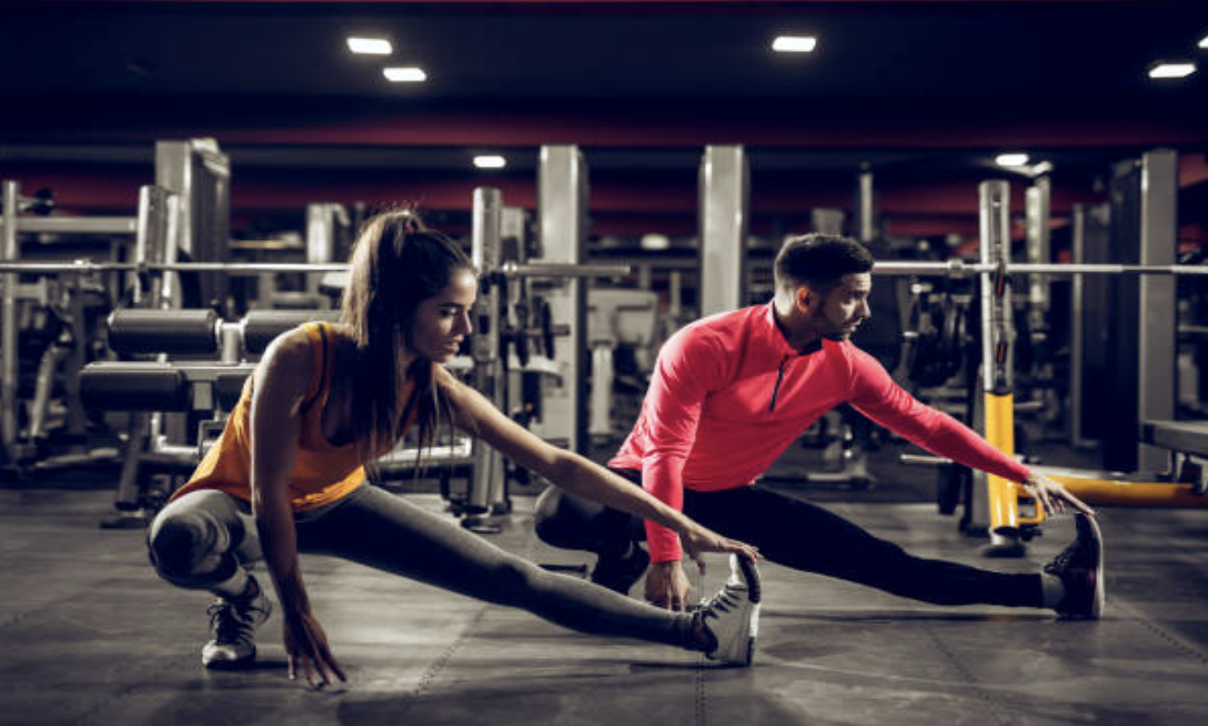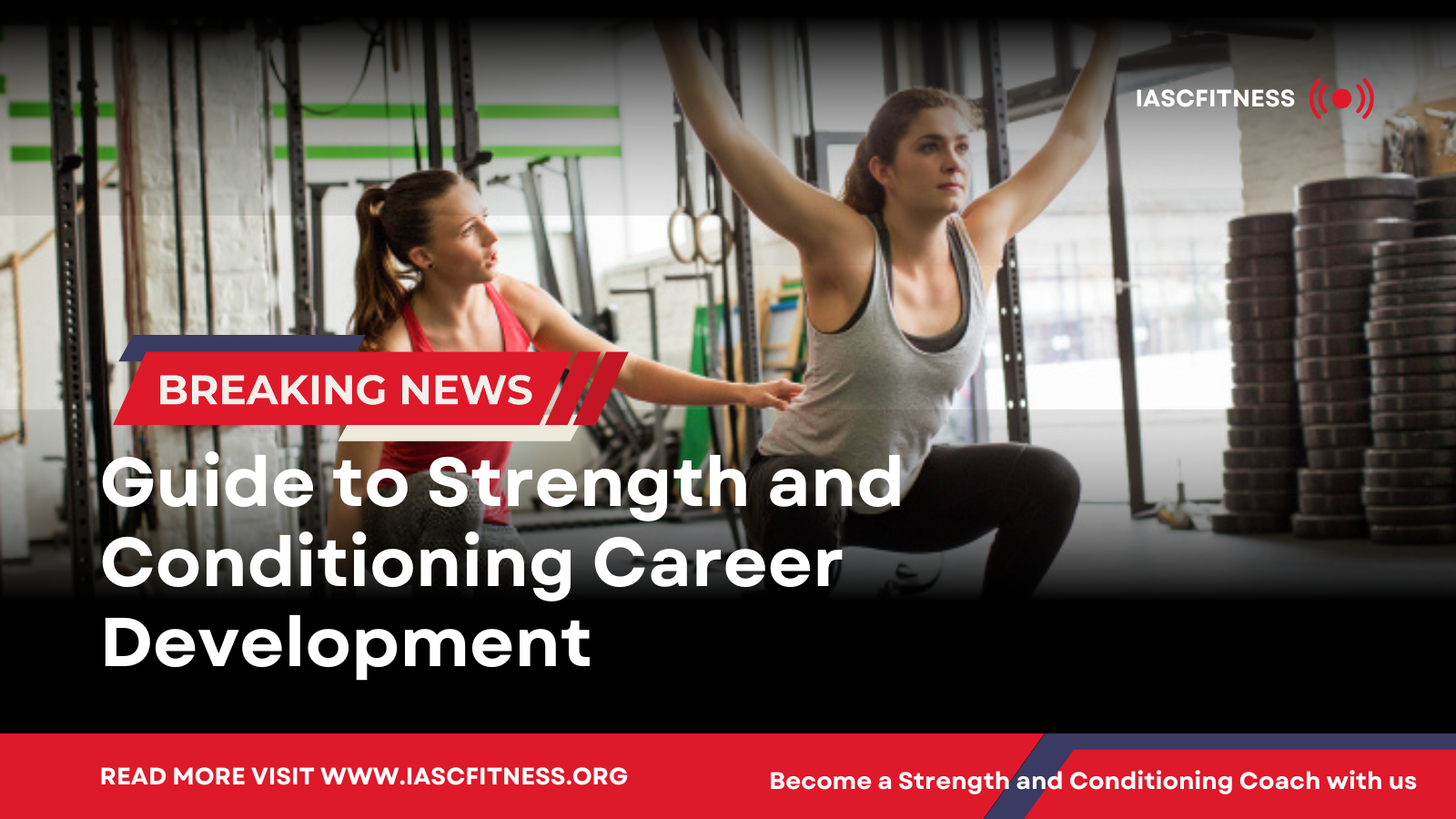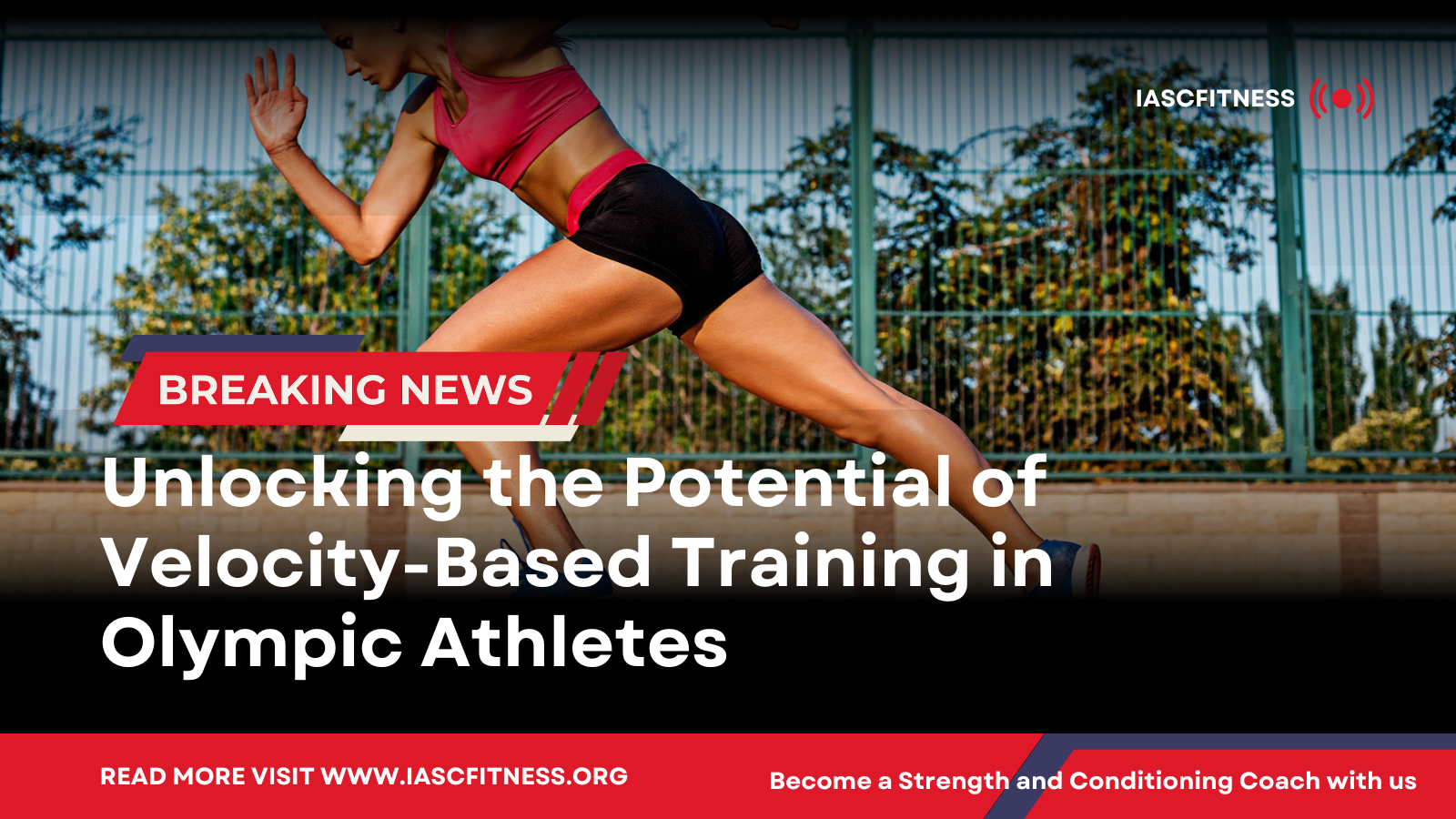When walking around any track, fitness gym, or field, you always see different kinds of warm-ups prior to the start of physical activities.
Warm-ups increase blood flows into the involved muscles and elevates muscular temperature, which is performed for 10 to 20 minutes before the main exercise.
For years, warm-ups have been designed in a two-part structure, including a general part followed by a specific part. However, recently, a much better variety of warm-up routines have been used. Many coaches and trainers realized that a warm-up is a powerful part of training, but designing an effective warm-up requires mixing scientific knowledge with an understanding of the unique needs of the individual.
The Warming Up Routines
For sure, traditional warm-ups are far from optimal and need to evolve. What is important in this evolution is that a systematic and scientific approach is adopted where a methodical and organized structure is employed via which activities can be organized to achieve specific objectives.
Warm-ups should not be seen as a static component within a training program. This means that such as strength/power and movement skills sessions, progression should occur over time. Advanced athletes need better movement preparation.
Putting this, there are 5 main components within a movement preparation session:
- Foam Roller or massage
- Generic low-intensity aerobic activity
- Core/hip/shoulder activation
- Dynamic warm-up
- Neural activation
1. Foam Roller or massage
Self-myofascial release, or better known as “foam rolling”, which was once just used and heard of by professional athletes, coaches, and therapists, is now a popular exercise regime for a range of people from the sedentary person to the more athletic individual.
A foam roller is a round cylinder of various lengths, densities, and textures. At London City Physiotherapy, we commonly use a roller that is 15x90cm, and of a high density as this gives a wider range of exercises you can perform.
There are the spots we need to work on during the warm-up
- Calf
- Hamstring
- Gluteus maximus
- Lower back
- Upper back
- Shoulders
- Quadriceps
- Adductors
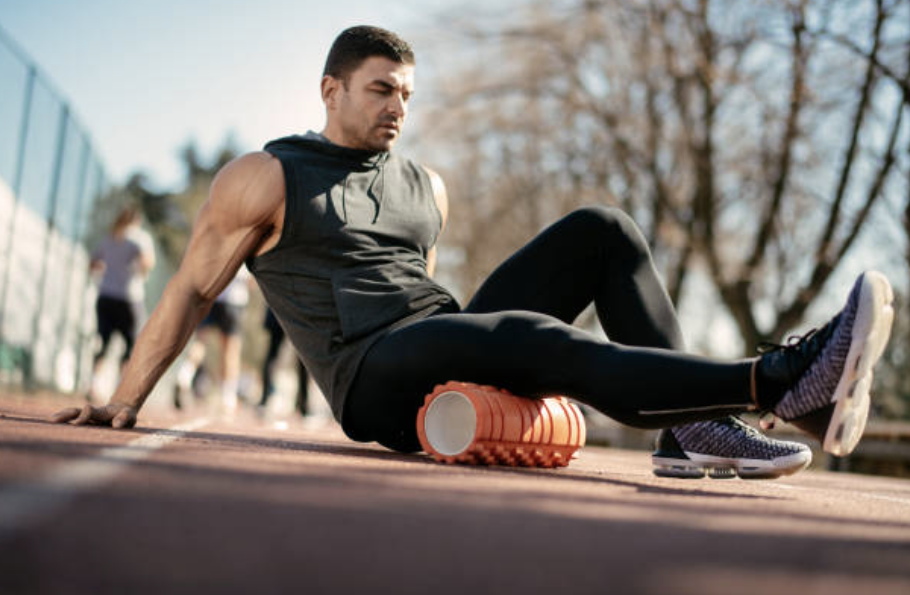
2. Generic low-intensity aerobic activity:
If the weather is cold, it is better to do about 5 to 10 minutes of light aerobic exercise including walking briskly, marching, jogging slowly, or cycling on a stationary bike that enables the body and tissue temperature to rise would great.
3. core / Hip /shoulder activation:
All movement involves the core, hip, and shoulder as energy is both generated from it and transferred through it. If they lack stability and/or mobility, the result is inefficient movement and energy leaks. the role of this part; it’s a brief series of exercises that activates and strengthens the core, hip, and shoulder, providing great stability before progressing to more challenging movements.
This stage is the integration of the shoulder, core, and hips across the three planes of motion: frontal, sagittal, and transverse.
Core activation
Core activation including tree exercises: Plank, Side plank, Glute bridge
Hip activation
Hips are the powerhouse of our body. Having full mobility and stability in the hips is crucial either to enhancing performance or reducing injury risk. The goal is not to fatigue the system, but instead to activate it. It can be done with bent or straight legs, in a linear, lateral and rotational fashion, depending on the demands of the upcoming session.
Hip activation including three exercises: Push knees, Lateral Walk, and Forward/backward Walk
Shoulder Activation
If your sport needs any kids of throwing, you must do shoulder activation exercises before training unless you get injured easily. You want to activate all the muscles and movement patterns that are needed to accelerate and decelerate your arm. These essentially include the scapula and rotator cuff muscles. By activating these muscles, the body will be better prepared for upcoming activities and throwing. There are a lot of exercises you can choose from.
Shoulder activation includes three exercises: Internal Rotation, Passive External Rotation, and External Rotation With Arm Abducted 90°
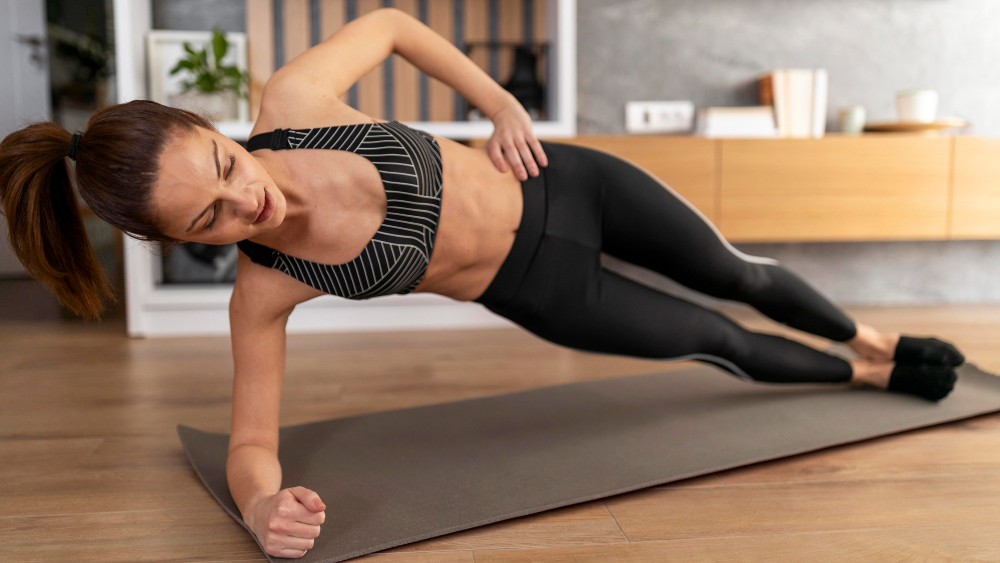
4. Dynamic warm-up
You should challenge mobility, stability, and motor skills in dynamic warm-ups. it should emphasize linear, lateral, and rotational movements, depending on the demands of the upcoming session and sports. After doing the dynamic stretch, you can start to speed things up, without compromising movement quality.
- knee to chest walk: Objective: Develop a functional range of motion in the lower back and hip flexor muscles while also improving dynamic balance and postural control.
- Leg Cradle: Objective: Develop a functional range of motion in the lower back and hip flexor muscles while also improving dynamic balance and postural control.
- Walking Heel-up: Objective: Develop flexibility in the hip flexor and quadriceps muscles while also improving single-leg balance.
- Walking Heel-up to Butt with Forward Lean: Objective: Develops flexibility in the hip flexor and quadriceps muscles while also improving single-leg balance.
- Single-leg deadlift stretches: Objective: Develop a functional range of motion, balance, and multi-limb coordination.
- World’s greatest stretch: Objective: Develops a functional range of motion in the hip flexors and rotational muscles of the core while improving strength in the quadriceps, glutes, and core.
- Later lunge Objective: Develop hip mobility in a lateral direction while also dynamically stretching the glutes, hamstrings, and groin.
- Skipping: Objective: Develops a combination of power in the lower body and increased range of motion in the hip flexors and calves.
- High-knee run Objective: Develops an increased range of motion in the hip flexors, lower back, and calves, while developing dynamic balance and stability in the core and hips.
- Straight-Leg Walk: Objective: increases the dynamic stretch on the hamstrings while also activating the hip flexors.
- Straight-Leg Skip: Objective: increases the dynamic stretch on the hamstrings while also activating the hip flexors.
- Walk backward: Objective: Improves dynamic balance and range of motion of the hips and lower back while concurrently strengthening the quadriceps and hamstrings in a backward direction.
- backward run: Objective: Develops an increased range of motion in hip extensors, hip flexors, and lower back muscles. This movement also helps to balance the development of opposing muscles to a regular linear-running movement gait.
- lateral shuffle: Objective: Develops strength and stability in the muscles that initiate and control lateral movement.
5. Neural activation:
Neural activation drills are typically performed after dynamic warm-up. Incorporating these drills allows us to wake up our nervous system before we start training. In order to activate a muscle, a neuron must fire a signal to our brain. Neurons are nerve cells that build up our nervous system; hence why the brain is equally as important as muscles when it comes to strength.
An effective neurological (nerve) warm-up is a more intensive high-speed exercise that aims to rapidly increase speed and prime your nervous system.
There are many neural activation exercises. By performing Neural activation drills brain sends a fast signal to our limbs to generate more force than we would normally do.
This way, we are ready to start training, practicing, or playing the game, resulting in performance enhancement and injury risk reduction.
- In-Out Drill:
- Quick feet forward/backward

